“I run the gamut in terms of my processes and techniques,” says watercolor artist Ryan Fox. “Sometimes I choose an image and know immediately which technique will work best for my vision of the piece. Other times I draw the image on paper and wait for inspiration.
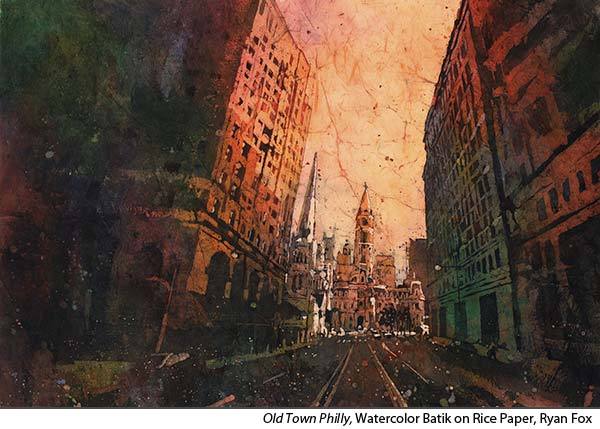
“When I start work, I may do a 5-minute contour drawing followed by a 40-minute painting (no value studies — I just paint). Often these are my favorite pieces. Other days I spend hours carefully drawing the image and sketching value studies, followed by weeks of painstaking detail work.
“I spend more time thinking about how I am going to paint than I often spend painting. I think about the end result, and then plan the stages in my head. I choose the colors and technique that will best suit my visualization. This is especially true for demonstrations in workshops and classes. There is nothing worse than ruining a painting, except when you ruin a painting in front of a group of people. I imagine I make it look easy to students because I have already done most of the actual work before I start.”
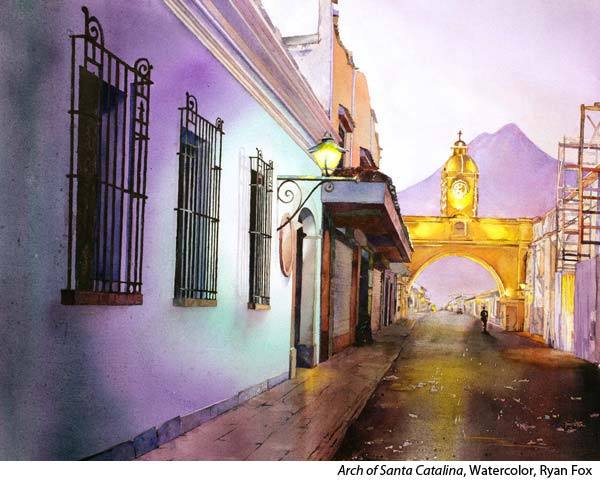
The Right Materials
“I typically use Arches paper, though I have recently grown fond of Fabriano Artistico. Both papers are capable of handling abuse — whether it be from masking, erasing, or scrubbing — and either is suitable for my poured watercolors or plein air pieces.
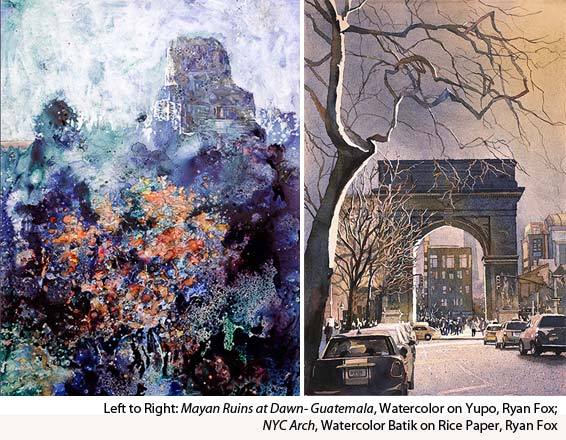
“If I am looking to start a semi-representational painting, I use YUPO. I like to cover the entire surface with random colors and see what happens. These abstract beginnings become semi-representational paintings through a combination of lifting and careful layering. YUPO retains the amazing color vibrancy of watercolors since nothing is absorbed by the surface.
“The watercolor batik method on rice paper is another technique I enjoy. For these pieces I typically use Ginwashi (textured) or Uhuryu (less textured) papers. When I am almost done with the painting, I decide whether or not to crinkle the paper to add texture.”
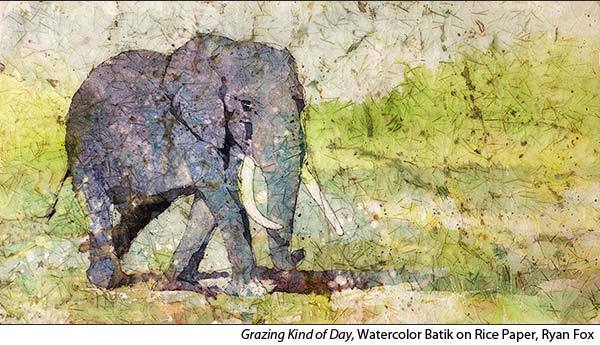
The Artist’s Process
“In my studio I have a bin of paintings completely drawn and ready to be painted, generally five or six at any time. What these unfinished pieces lack is my vision for the finished painting. What techniques should I use? What style? Which colors? Sometimes it takes me a year to find the inspiration to finish the piece. Usually this happens by seeing other artists’ works and an idea forms.
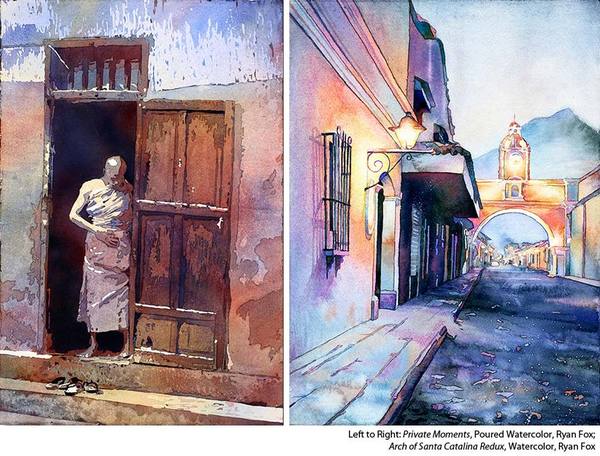
“I recently completed a freehand drawing of the interior of St. Peter’s Cathedral in Rome. Inspired by the work of Carol Carter, the entire painting is an example of charging colors with no mixing on the palette. The finished painting does not look like Carol’s work, but the roots began with my emotional response to her art.
“Being an artist is great because it is anything but monotonous. Painting is fun. I will try a new technique and use it to create three or four paintings. Once I feel comfortable with what I have learned, I add the technique to my repertoire. This is the reason I jump around with techniques and styles. Watching colors interact on YUPO has led me to discover unique color interactions. Did you know orange lake repels indigo and cobalt blue? I don’t understand the chemistry involved but I have seen the results and applied it to my paintings on traditional paper and rice paper.
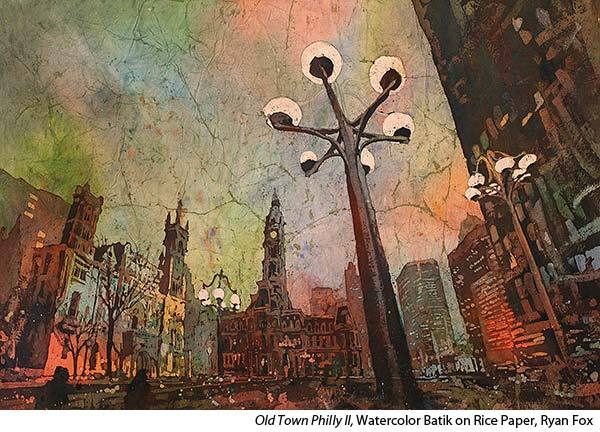
“I have a fear of falling into a rut, of creating the same work over and over again. I want my work 10 years from now to look different. A traveler at heart, I feel compelled to explore new ideas. Not all endeavors pan out, however. My lino-cut (woodblock) experiment was short lived. Try sticking one of those cutters into your arm! Ouch.”
Ryan Fox took a single watercolor class in college and while he loved it, his life took him in a different direction: photography. For years his watercolors gathered dust as he traveled the world taking photographs. But in 2011, he realized his priorities had changed and he reached again for his watercolor brushes. He demonstrates his painting techniques in the DVD, Innovative Watercolor Techniques With Ryan Fox.

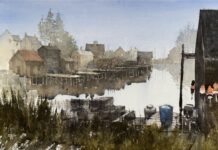
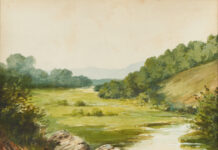
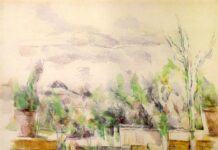




What an incredible artist, these paintings are superb!
Wonderful article.
This artist writes like he paints, creative free thinking and thoughtful. Fun way to paint.